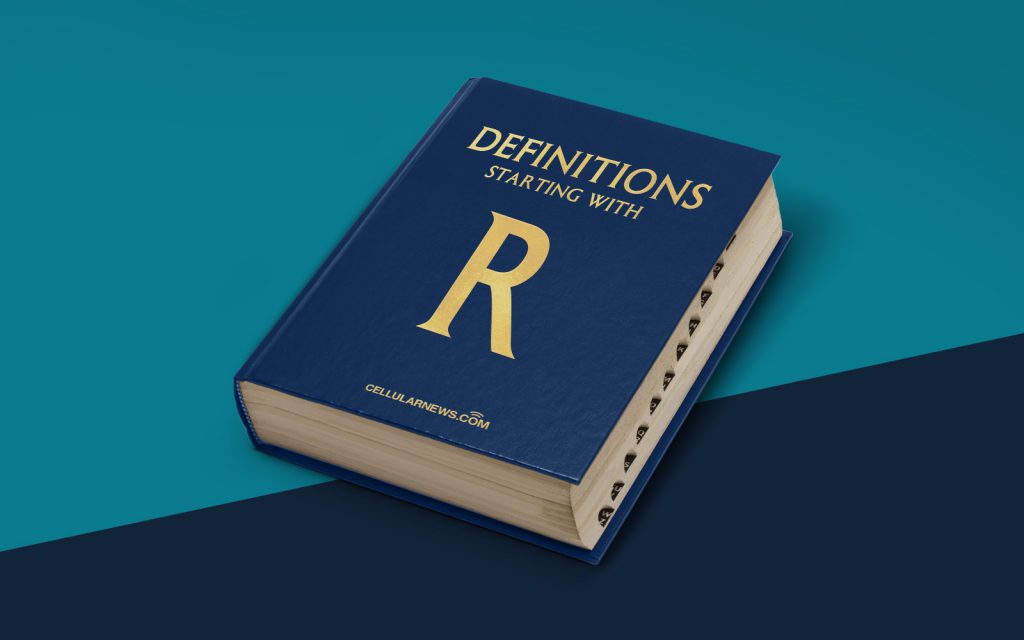
What is Records Management (RM)?
Welcome to our “DEFINITIONS” category, where we will dive into various topics and provide you with clear and concise explanations. Today, we’ll be discussing Records Management (RM), a crucial practice for businesses of all sizes. So, let’s get started and unravel the mystery surrounding RM!
Key Takeaways:
- Records Management (RM) is the systematic and organized process of creating, managing, storing, and disposing of records in an efficient and secure manner.
- Effective RM ensures compliance with legal and regulatory requirements, minimizes the risk of data breaches, and facilitates access to critical information when needed.
Now that we have our key takeaways, let’s delve deeper into what exactly Records Management encompasses. Imagine a filing system on a grand scale—RM is like that, but with a strategic approach to handling records. Records, in this context, refer to any documented information, regardless of its format or medium, that is created, received, or maintained by an organization or individual during the course of their activities.
The primary goal of RM is to maintain an efficient and reliable recordkeeping system, ensuring the integrity, authenticity, and accessibility of records throughout their lifecycle. So, what does this mean in practice? Let’s break it down into the key components of RM:
- Creation and Capture: Records are created through various activities and transactions within an organization. RM ensures that these records are properly identified, captured, and documented.
- Classification and Organization: Once created, records are classified and organized according to predefined criteria. This step involves assigning relevant metadata, such as file names, dates, and keywords, to facilitate retrieval and management.
- Storage and Preservation: Records need to be stored securely to protect them from loss, damage, or unauthorized access. This involves choosing appropriate storage systems, whether physical or digital, and implementing backup and recovery strategies.
- Retention and Disposal: Not all records need to be retained indefinitely. RM establishes retention schedules based on legal requirements and business needs. Records that are no longer required are disposed of in a secure and compliant manner.
- Access and Retrieval: RM ensures that authorized individuals can easily locate and retrieve records when needed. This involves implementing user-friendly search systems, access controls, and providing training on proper record retrieval procedures.
- Compliance and Audit: RM plays a crucial role in ensuring compliance with legal and regulatory frameworks. Organizations with effective RM practices can readily demonstrate their adherence to relevant laws and regulations during audits or investigations.
With an efficient RM program in place, organizations can reap a multitude of benefits. They can mitigate the risk of non-compliance, reduce the likelihood of data breaches, improve operational efficiency, enhance decision-making processes, and preserve valuable information for future reference.
So, whether you’re a small business owner or a large corporation, implementing Records Management is a necessity. By effectively managing your records, you can stay organized, protect sensitive information, and ensure the smooth flow of operations.
